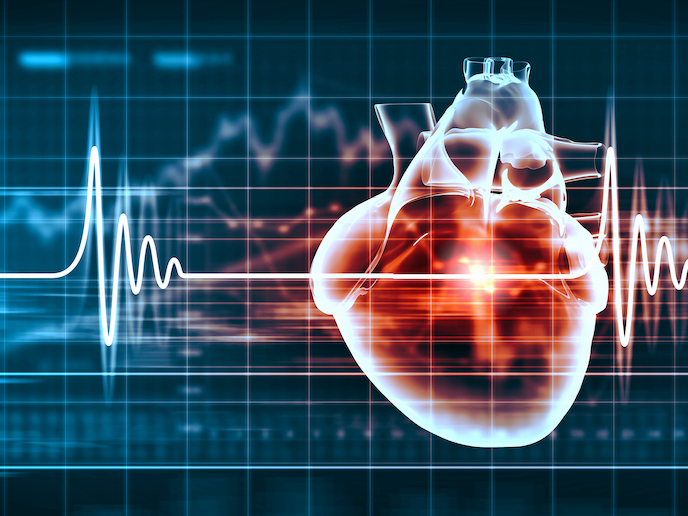Targeting innate immune cells to prevent cardiovascular disease
According to the cvds(opens in new window) (World Health Organization) (WHO), cardiovascular disease (CVD) is the leading cause of death globally – with more people dying annually from CVDs than from any other cause. With this in mind, it comes as no surprise that significant efforts and investments are being made to prevent cardiovascular events like heart attacks and strokes. One area that shows promise is immune cells and, in particular, innate immune cells(opens in new window). That’s because the immune system plays an important role in developing atherosclerosis, the underlying cause of most CVDs. “There’s compelling evidence that atherosclerotic factors cause immune cell migration by preactivating innate immune cells,” says Erik Stroes, a CVD specialist at Amsterdam’s Academic Medical Centre(opens in new window). “Considering the active role that innate immune cells play in inducing a continuous low-grade inflammatory state in the arterial wall, ‘primed’ innate immune cells may represent a promising therapeutic target.” As the principle investigator on the EU-funded REPROGRAM project, Stroes is working to advance our understanding of the therapeutic potential of innate immune cells.
Contributing factors
Project researchers began by detailing the effect cardiovascular risk factors have on epigenetic changes in immune cells. They also worked to establish the impact these risk factors have on atherosclerosis and investigate its therapeutic potential. “We discovered that factors modulating CVD, including diet and exercise, affect the overall activity of haematopoietic stem and progenitor cells in the bone marrow and myeloid cells in both lymphoid organs and circulation,” explains Stroes. “This implies that bone marrow plays a role in accelerating atherosclerosis by producing ‘primed’ white blood cells, which have a greater propensity to elicit inflammatory reactions throughout the human body.” Next, researchers asked ‘how do these common risk factors activate immune cells, and how long does this activation last?’ “Our research shows that a series of factors that contribute to atherosclerotic CVD induces a long-lasting activation of the innate immunity system, called trained immunity,” adds Stroes. “This leads to a systemic hyperinflammatory state due to more aggressive responses by the innate immune cells.”
The importance of special interventions
From here, researchers investigated whether they could reverse the activated state of the immune system by removing traditional risk factors. “We convincingly demonstrated that the innate immune system is hyperactive in patients exposed to traditional cardiovascular risk factors,” remarks Stroes. “More importantly, this hyperactive state persists for many weeks – if not months – even after removing the traditional risk factors.” The implication of this finding is that the current clinical practice of targeting ‘only’ traditional risk factors, such as cholesterol, fails to adequately address the persistent inflammatory state. This in turn contributes to a residual risk of cardiovascular events. “This underscores the therapeutic concept that special interventions are required to effectively address the residual inflammatory risk in cardiovascular patients,” concludes Stroes. Project researchers are currently working to identify the most suitable agent for reducing this residual risk.







